The following post is by UK-based physician Dr. Bessam Farjo:
Written by:  Dr Bessam Farjo United Kingdom |
I’m often asked about the ICX-TRC Cell Therapy Human Clinical Trial and whether or not it was successful. For those of you who don’t know, the trial was (in very simple terms) the development of a therapy whereby cells are sourced from an individual, multiplied, and then returned to that same individual. Take a look at the Farjo website for a more detailed account.
For anyone who has experienced any form of hair loss, the idea that your own existing hair follicles can be multiplied and re-implanted is a huge breakthrough.
Initial results were very encouraging, with an excellent percentage success rate seen within the test areas of the trial subjects.
Unfortunately, whilst the ICX-TRC trial results appeared positive, another unrelated Intercytex project was having less success. As a result of this and Intercytex being listed on the stock market (to make a long story short) the project’s funding was cut, putting an end to the activity – for the time being. The global credit crunch exacerbated matters further.
In 2010, the different divisions of the company were broken down and sold off to different interested parties. The ICX-TRC trial was acquired by Aderans Research (ARI) in the USA, who are continuing to do trials on this subject.
Cell therapy is still an exciting and promising area for the future; however it has proved to be a complicated study that still holds lots of unanswered questions. We’re still very much committed to the concept as well as other exciting areas, and hope to have the opportunity to discover the answers to some of these questions soon – watch this space!
—
Learn more about the author of this article, Dr. Bessam Farjo, on his BaldingBlog profile or at his website.


 For those readers not familiar, Finpecia is a generic Propecia (1mg finasteride) made in India by Cipla — the generic 1mg isn’t available legally in the US yet due to patent laws. And just like Propecia, it does not continuously work for everyone. Many men on finasteride will see results for 5-10 years (or beyond), but each case is different. You need to see your prescribing doctor about the reduced impact of this drug. I think you should still stay on the medication, because if you stop it you will likely lose a great deal of hair.
For those readers not familiar, Finpecia is a generic Propecia (1mg finasteride) made in India by Cipla — the generic 1mg isn’t available legally in the US yet due to patent laws. And just like Propecia, it does not continuously work for everyone. Many men on finasteride will see results for 5-10 years (or beyond), but each case is different. You need to see your prescribing doctor about the reduced impact of this drug. I think you should still stay on the medication, because if you stop it you will likely lose a great deal of hair. Clobex (clobetasol propionate) is used to treat psoriasis. Luxiq foam (betamethasone) is a corticosteroid and also used in the treatment of psoriasis. I don’t know why you’d be prescribed these with the goal of growing your hair faster.
Clobex (clobetasol propionate) is used to treat psoriasis. Luxiq foam (betamethasone) is a corticosteroid and also used in the treatment of psoriasis. I don’t know why you’d be prescribed these with the goal of growing your hair faster. As long as you and your doctor have realistic goals in mind, and you have the donor hair available to do it, anytime would be a viable time if you are serious about a hair transplant.
As long as you and your doctor have realistic goals in mind, and you have the donor hair available to do it, anytime would be a viable time if you are serious about a hair transplant.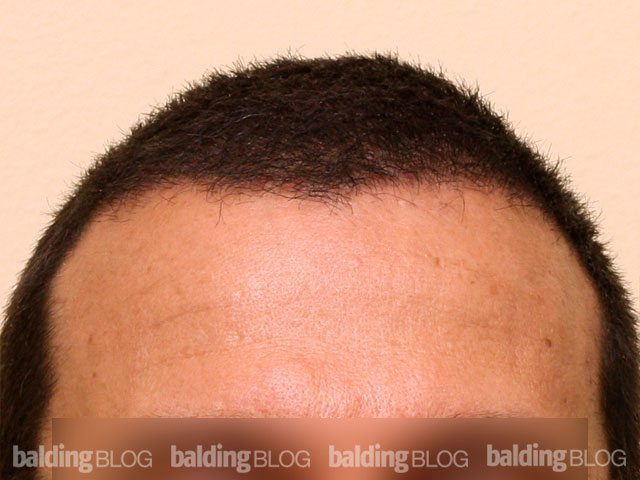
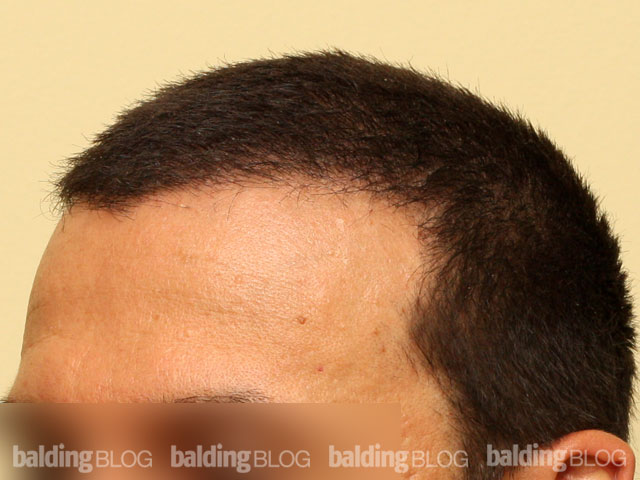
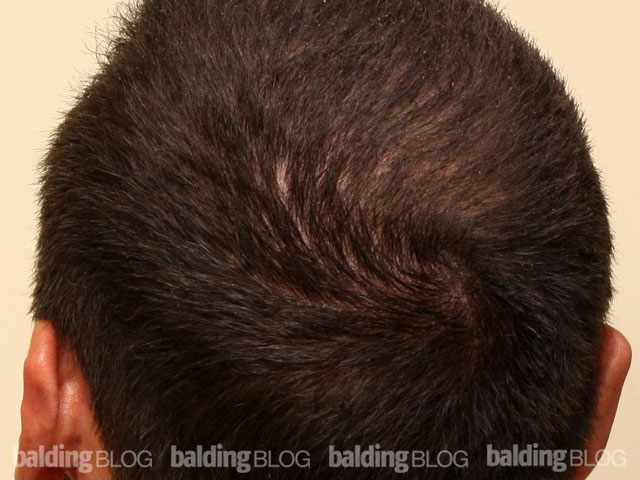
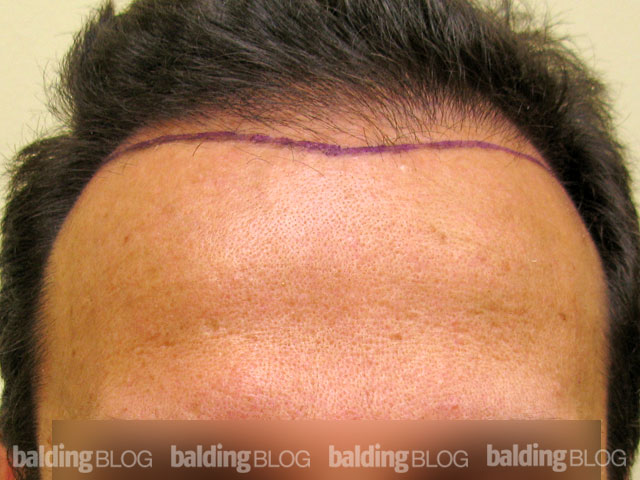
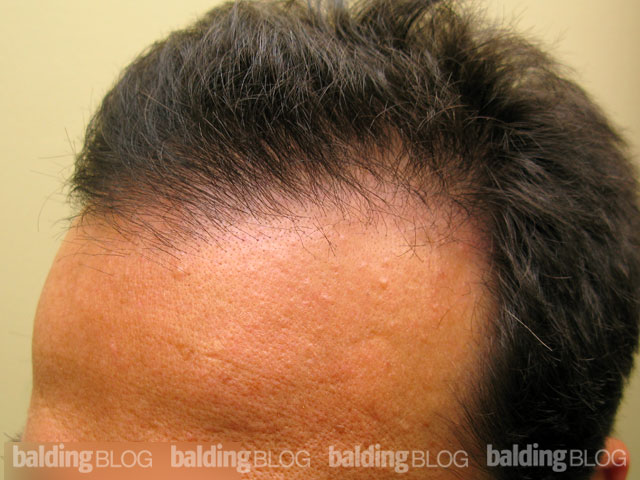
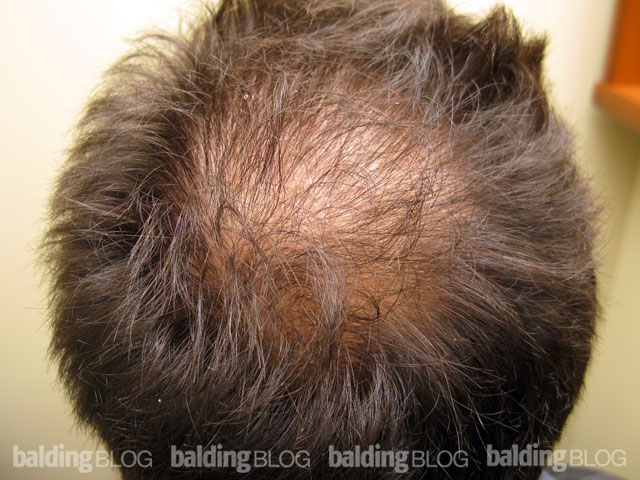
 You were not doing yourself justice with making tight rubber bands pull on your scalp. This can cause traction alopecia. In your case though, I can’t tell you what is going on with your scalp without seeing you directly.
You were not doing yourself justice with making tight rubber bands pull on your scalp. This can cause traction alopecia. In your case though, I can’t tell you what is going on with your scalp without seeing you directly. Hello Dr. Rassman! I am very grateful for the information that you provide for all of us trying to find legitimate ways to mitigate hair loss and for answering my questions in the past.
Hello Dr. Rassman! I am very grateful for the information that you provide for all of us trying to find legitimate ways to mitigate hair loss and for answering my questions in the past.  Platelet-rich plasma (PRP) is used by some surgeons to speed up wound healing, and some hair transplant clinics have been advertising this as a way to speed up the healing along with promoting early growth. One of my patients is a dentist and he said he uses PRP regularly for his oral surgery patients.
Platelet-rich plasma (PRP) is used by some surgeons to speed up wound healing, and some hair transplant clinics have been advertising this as a way to speed up the healing along with promoting early growth. One of my patients is a dentist and he said he uses PRP regularly for his oral surgery patients. Chemicals (like relaxers) can cause damage, but many black women will also see traction alopecia, which is permanent hair loss caused by the pulling of tight braids, many times from when they were very young. For women, the only FDA approved hair loss treatment is Rogaine (minoxidil). Hormone replacement likely won’t regrow your hair and I’m not sure which injections your doctor is recommending.
Chemicals (like relaxers) can cause damage, but many black women will also see traction alopecia, which is permanent hair loss caused by the pulling of tight braids, many times from when they were very young. For women, the only FDA approved hair loss treatment is Rogaine (minoxidil). Hormone replacement likely won’t regrow your hair and I’m not sure which injections your doctor is recommending.